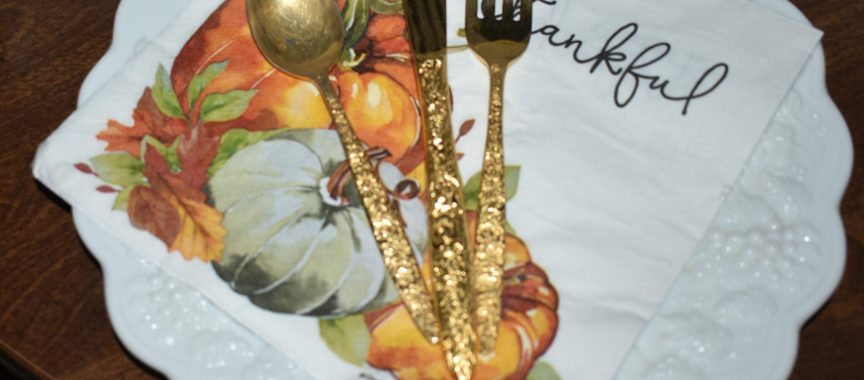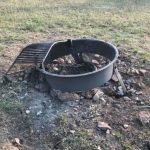News – Sheridan Media
[[{“value”:”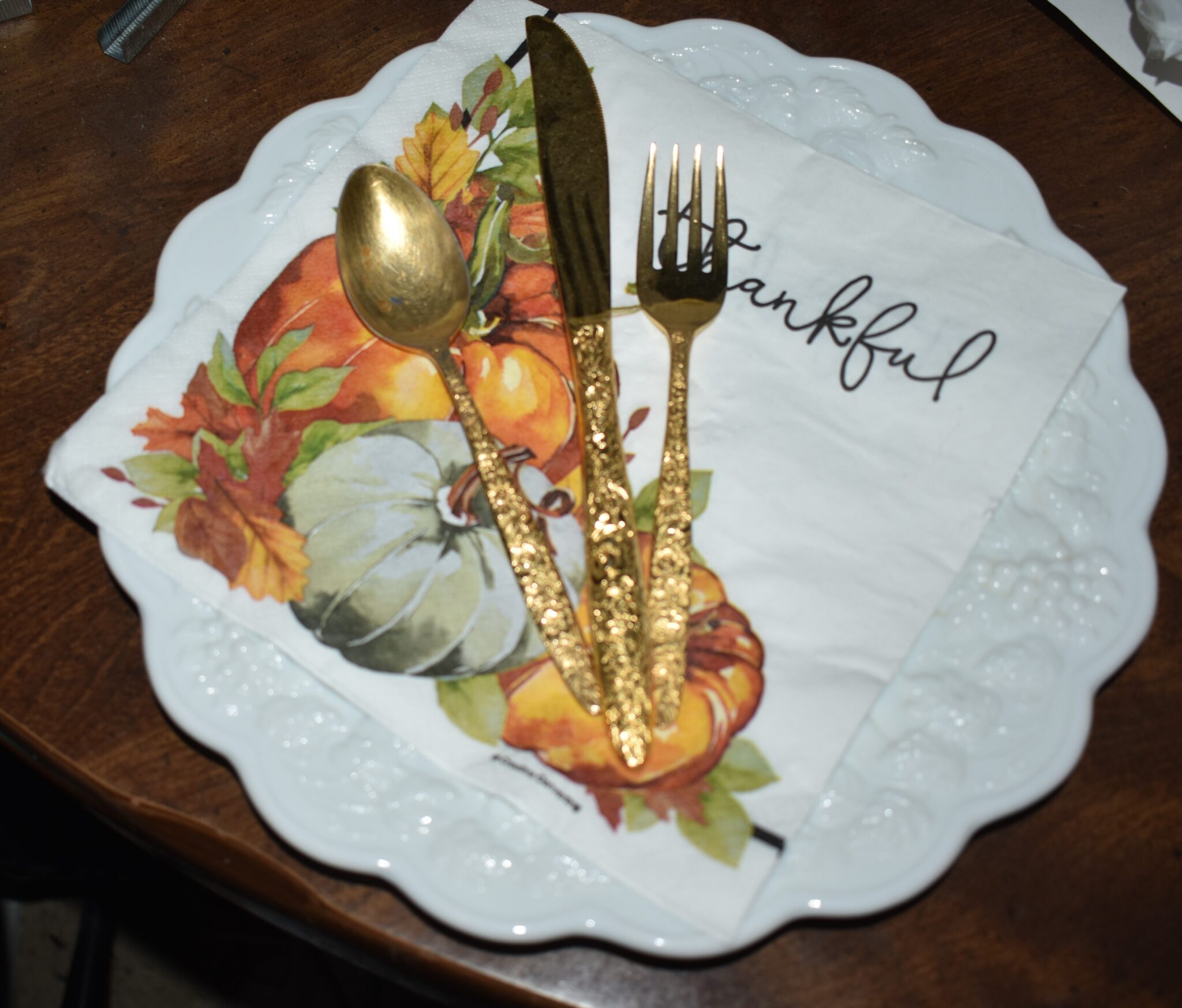
Tomorrow is Thanksgiving, and today we will learn a little bit of history about the Thanksgiving Day holiday.
Wind River Mountaineer Lander, Fremont County, Wyoming November 21, 1913 –Days Of Past Thanksgiving: History Proves that There Always Has Been a Time Set Apart for Festivities. Thanksgiving is generally believed to have commenced with the advent of the Pilgrim fathers, and therefore a legacy to us from New England. But when the true facts in the case come to light, we find that Thanksgiving Day was first celebrated by Popham colonists at Monhegan, who joined in “Giving God thanks” for their safe arrival and many blessings in the ritual laid down in the Thanksgiving service of the Church of England prayer book.
It is known with what antipathy the early Puritans regarded any and all of the holy days of the English church, and the celebration of such was sternly forbidden in New England. How many of us know that days for giving thanks were set apart in Europe long before the reformation and were observed by the Church of England many years before the Pilgrims landed? The first Thanksgiving in this country was not set apart as a day of religious observance, but for recreation.
On December 11, 1621, Edward Winslow wrote home to England the following very quaint account of the week’s program: “Our harvest “being gotten in our governor sent four men out fowling so we might in a special manner rejoice together after we had gathered the fruits of our labors. The four killed so much fowl that with a little help served the company about a week. Among other recreations were exercises with our arms.
Many of the Indians came amongst us and among them their greatest king Masaasoit with some ninety men, whom we for three days feasted and entertained. They went out and killed five deer, which they brought in and bestowed on our governor, upon the captains and others.”
So we get a good idea of the hospitality offered in those days. We learn, too, from Governor Bradford, that wild turkeys were plentiful, so we feel a reasonable assurance that the turkey has a long and ancient lineage and prestige not to be usurped by any other bird on our Thanksgiving day platter. Only fifty-five English speaking people sat down to the first Thanksday feast, but the addition of the Indians made a goodly company for whom the poor, lonely and homesick women prepared the dinner. There were only four of them, with one servant “and a few young maidens.” There is no record to be found of any religious worship during this week of feasting.
In 1628 the second Thanksgiving day was ordered and observed by the Pilgrim fathers. Early Thanksgivings are not always celebrated in November nor upon Thursday, and it was not until 1677 that we find the first printed Thanksgiving proclamation, now owned by the Massachusetts Historical society.
It is interesting to note that since 1862 the president of the United States has set the last Thursday in November to be observed as a day of Thanksgiving And harking back to Pilgrim days, what a vast difference. Compare the harvest then and the harvest now. Whether our forefathers were ever actually reduced to the traditional five grains of corn each, is a fact not decided by history, but it is true that they returned thanks for the most meager fare and endured the most grinding hardships without a murmur. Like our forbears we make of the day a great time for feasting and games and not so much of church going. It is a day for family reunions and a day of abundant opportunity tor making a cause of Thanksgiving in the “other fellow’s’’ heart.
This from the Inter-Mountain Globe, December 22, 1910 – Nearly every American who gives any thought to the origin of Thanksgiving day – imagines that he is honoring a custom inaugurated by ‘ the Pilgrim Fathers-, That historic immigrants, upon landing safely after their perilous voyage, he doubtless recalls, thanked God for His goodness in bringing them to a land where they could be free and have a chance for happiness according to their own ideas of that elusive condition. But this was not the origin of the present-day Thanksgiving.
The first national Thanksgiving —which was destined to become a permanent feature of the American year — had nothing to do with the praise services of the Pilgrims, nor was it intended as a continuation of the early New England custom. It resulted from the turn of the civil war’s crimson tide, when it began to ebb from the bloody heights of Gettysburg, and a Philadelphia woman, Mrs. Sarah J. Hale, then editor of that famous publication, Godey’s Lady’s Book, was responsible for having it established as a national holiday. The custom of setting a part a day forgiving thanks to God for any special or general benefits is worldwide. In the latter part of the last century a day of thanksgiving was set a side in England to celebrate the return to health, after a severe illness of the prince of Wales, now King Edward VII.
It was in 1578 that the first Thanksgiving was held on American soil Then a thanksgiving service was conducted on the shores of Newfoundland by a minister named Wolfall. Dr. Wolfall was an Englishman, who accompanied the expedition under Froblsher, which brought the first English settlers to these shores.
The first thanksgiving celebration held under proclamation by the New the New Englanders was an occasion for a long and gorgeous feast, which lasted three days.
In 1631, Governor Bradford of Massachusetts, proclaimed the 13 day of December as a day of thanksgiving, to be observed in gratitude for the plentiful harvest of that year. it is also on that date that our good friend, the turkey, made its bow as a special benefactor in Thanksgiving.
The governor sent out men in search of game, and they came home laden principally with wild turkeys. They had a great number of other fowls, too, and the women had prepared for the feast in their absence by making an immense number of good pies, doughnuts and other savory pastries.
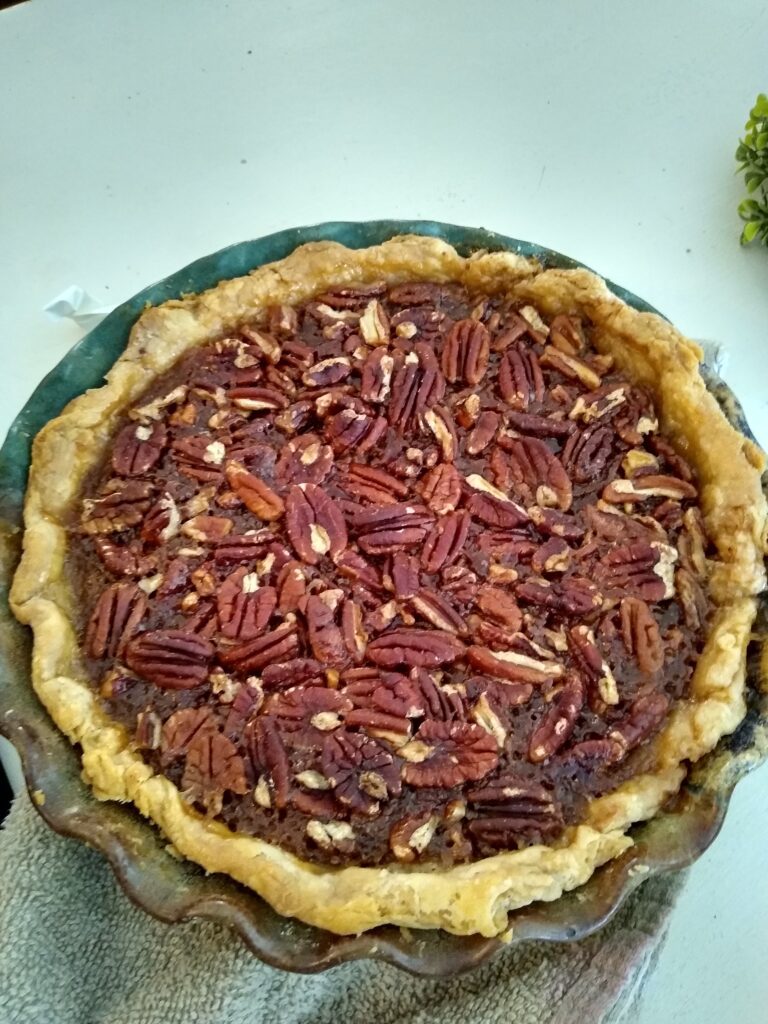
To add to the general festivities, the friendly Indians, under King Massasoit, appeared with gifts of venison. The feasting was alternated with psalm singing and prayers and war dancing by the Indians, while an exhibition of military drill was given by Captain Standish’s well-trained soldiery. The festival was such a success that it was repeated at frequent intervals throughout the year. As the years wore on it became popular with the stern New Englander, as an offset to Christmas, which savored too much of high chuch to please their austere consciences, and in the middle of the last century Thanksgiving Day rivaled New Year’s as a calling day. Society wined and dined at noon, drove on its fashionable roadway, and then held receptions. Open house was kept, and one man, by reason of his great hospitality, has come down in social history as “Turner the Generous.”
During the revolutionary war, whenever the festival was celebrated, there was less feasting and more praying. On December 18,1777, Washington proclaimed a day of Thanksgiving for the army, and on May7, 1778, at Valley Forge, the poor, worn-out Continentals knelt down in their rags and thanked God for their deliverance from the enemy. Several presidents after Washington proclaimed a special Thanksgiving Day, but it was not a regular custom, and it was usually left to the governors of the different states to decide when the day should be, or if it should be at all, although in New England it was hardly ever omitted.
Mrs. Sarah Josepha Hale became editor of Godey’s Lady’s Book in 1827. She was a native of New England, having been born in Newport N.H., onOctober24,1788. She was surprised to find when she came to Philadelphia that Thanksgiving was not celebrated as much as or in the way she thought it ought to be. Charming and energetic Mrs. Hale was a woman of great charm, strong character and extremely energetic. She was also very tenacious of her ideas and very persistent in pushing them.
For 20 years or more she untiringly agitated the question of Thanksgiving Day being made a national and annual holiday. She wrote letters to all the governors of the different states and territories, urging that they appoint the last Thursday of November in each year as a day for Thanksgiving, celebrating it with a general holiday and by services in the churches, thanking God for giving such a land of plenty and so many and great opportunities for happiness and advancement to the Americans.
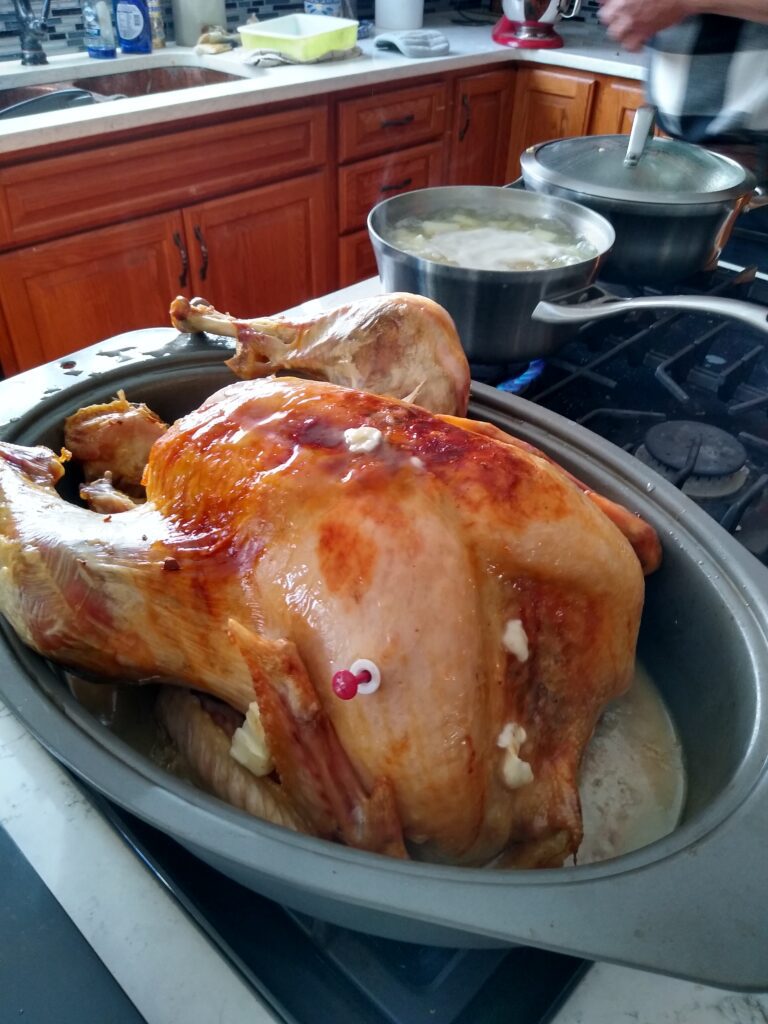
This is the spirit in which Thanksgiving Day is supposed always to have been celebrated by modern American is, but until Mrs. Hale succeeded in having it made a national holiday, it was really more a day set a part for gorgeous feasting after bounteous harvest than anything else. By1859, after 20 years of effort, two governors had yielded to the entreaties of Mrs. Hale, but there was no very widespread Interest, and the custom lagged, especially in the south, where It had always been regarded with suspicion as a Puritan substitute for Christmas.
Abraham Lincoln was the first president who responded favorably to Mrs. Hale’s suggestion. Directly after the battle of Gettysburg, In July,1863, Mrs. Hale wrote to President Lincoln, enclosing a copy of Washington’s proclamation, and suggested that he also proclaim a National Day of Thanksgiving. President Lincoln followed her suggestion, on July 15,1863, by proclaiming the 6th day of August of that year “a day for national thanksgiving, praise and prayer,”
In that year there were two Thanksgiving Days, for Lincoln proclaimed another late in the fall, and from that time on Thanksgiving Day became a regular national holiday, owing to the persistent effort of thin indefatigable woman. To Mrs. Sarah J. Hale, then, of Philadelphia, Americans owe their most characteristic holiday, outside of the Fourth of July, and they owe to her efforts the special character of the day, the giving of thanks to God for America, which, indeed, appears so natural a festival for Americans that nobody apparently dreams there was ever any other reason for the celebration.
So, from Kings to Pilgrims and Indians to one tenacious woman, and a famous president, we now have the holiday of Thanksgiving as we know it today. Happy Thanksgiving everyone.

“}]]
Last modified: November 27, 2024

